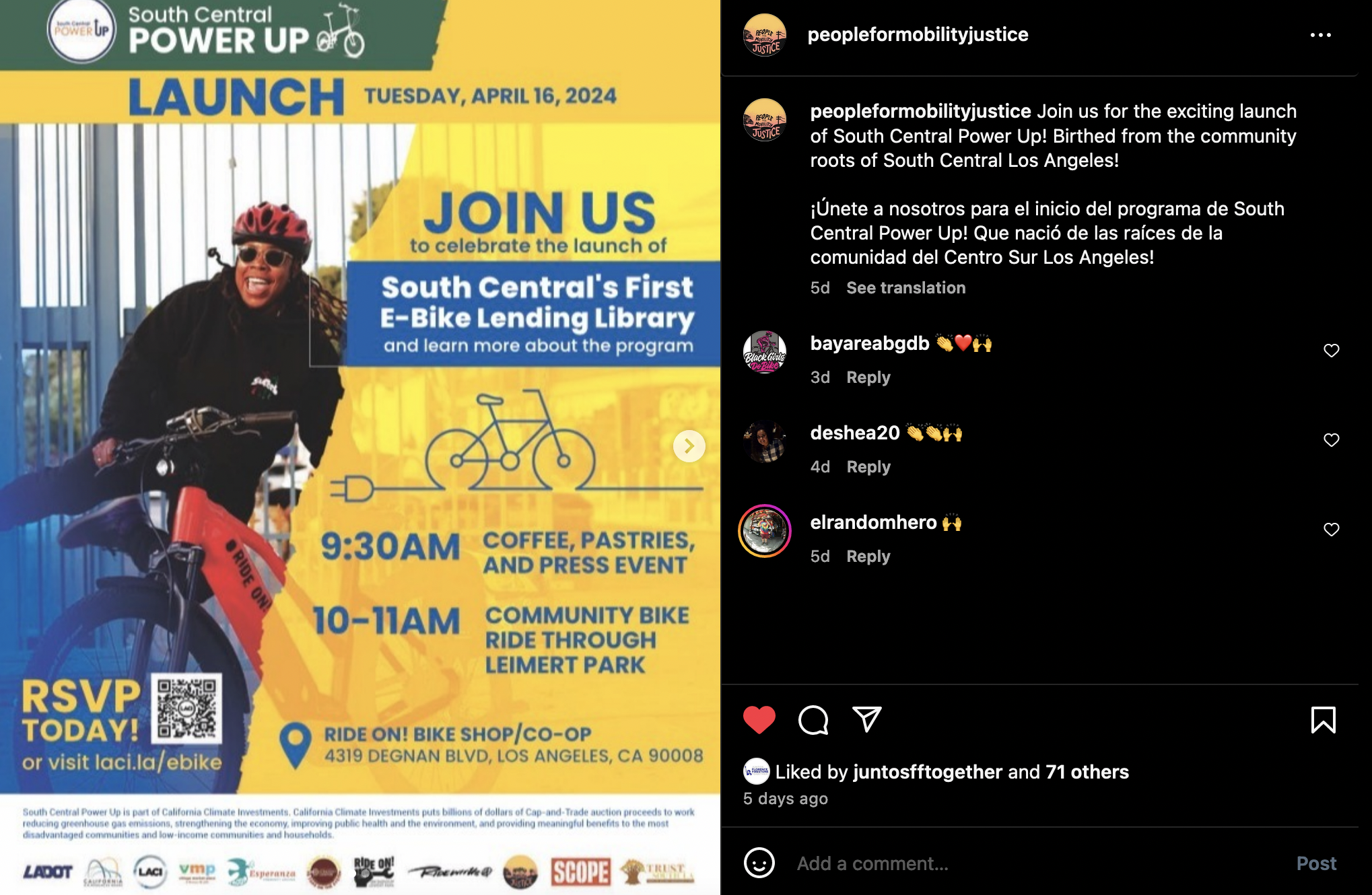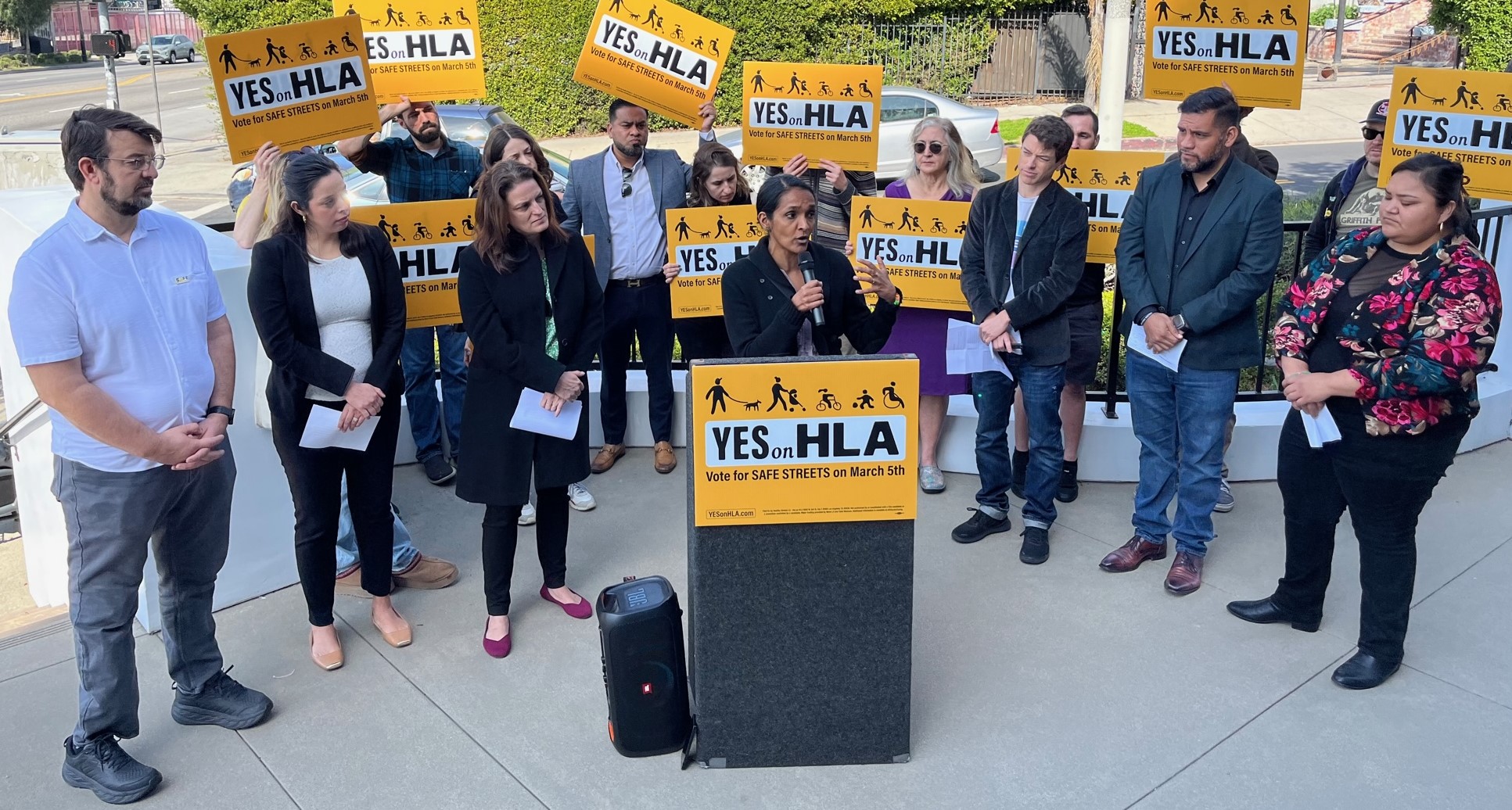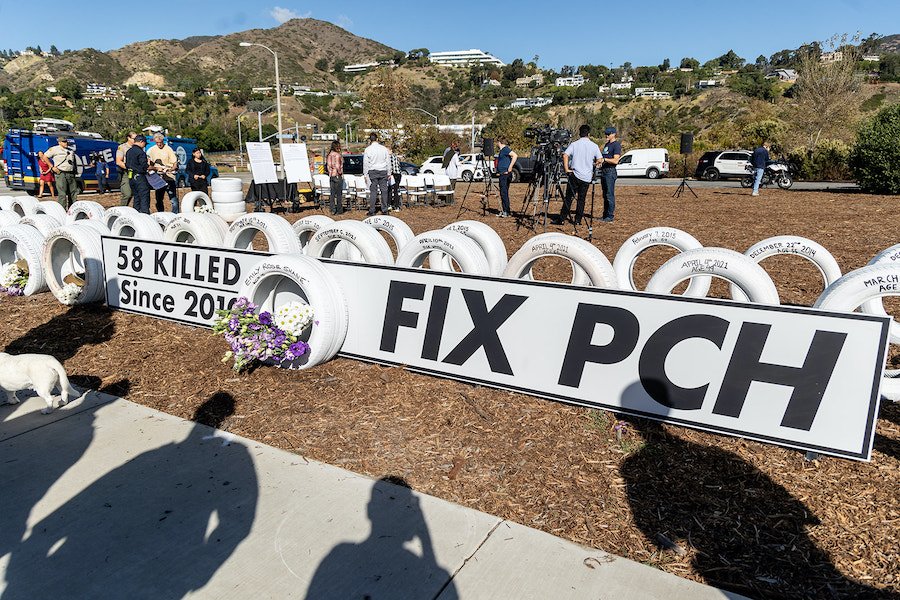Technical Assistance Available for CA Active Transportation Program
10:04 AM PST on March 5, 2015

The guidelines for the second cycle of California's Active Transportation Program, which funds projects that encourage bicycling and walking, are in their final stage of revision. Staff will present the guidelines to the California Transportation Commission for approval at the commission's next meeting on March 25 and 26. The call for projects is expected to be released on March 26, with applications due June 1.
Caltrans is scheduling technical assistance workshops throughout the state during March and April. Workshops will assist potential applicants in assessing their projects and completing successful applications. The first two workshops are scheduled for 8:30 a.m. to 4 p.m. March 19 in Oakland (register here) and March 25 in Redding (register here). Future training dates, which were just released, are available here [PDF] and here.
The Safe Routes to Schools National Partnership and several partners have already begun their own cycle of training workshops, providing similar information to the Caltrans workshops, with greater focus on community outreach and partnering. Their statewide workshop yesterday was completely booked, but those who missed it can still attend a webinar providing the same information. The webinar will be Wednesday March 11, from 1 to 3 p.m. Register here.
The Southern California Association of Governments is also hosting an ATP workshop on March 16 from 9 a.m. to 3 p.m. Register here for that workshop, which will be available as a videoconference at the SCAG main office building in downtown Los Angeles, as well as several locations in other counties in the SCAG region.
And if that is not enough, several local advocacy groups in Los Angeles have teamed up to provide assistance to agencies, schools, school districts, and community-based organization partners. To get that help--from Investing in Place, LA n Sync, and the L.A. County Bicycle Coalition— apply by March 18.
Last week Caltrans held a day-long meeting to discuss the guideline revisions, as well as the potential makeup of a future advisory committee for the program. A draft organizational chart for the advisory committee [PDF] includes representatives of urban and rural counties and cities, large Metropolitan Planning Organizations (MPOs), smaller regional transportation planning groups, rural county task forces, tribes, and recreational trails programs, as well as advocates for public health, schools, pedestrian and bicycle groups, and disadvantaged communities.
At the meeting, a question raised concern about who would represent bicycling issues. The ensuing discussion showed that there is disagreement about whether one person, from one advocacy group, could fully represent the concerns of bicyclists. There are at least eight suggested Caltrans positions on the advisory committee--which advises Caltrans. It is not clear why Caltrans should be heavily represented on the “advisor” side, while only one “bicycle expert” would be invited to participate.
The biggest change in the new ATP guidelines is the elimination of the earlier matching funds requirement. The ATP awards points to projects that have matching funds, but no longer requires them for a project to be considered. Projects that apply directly to their Metropolitan Planning Organizations for ATP funding, under the MPO's own competitive process, may or may not need to come up with matching funds, depending on the MPO's guidelines.
Projects that may be eligible for ATP funding, according to the guidelines, include but are not limited to the following:
- New bikeways and walkways that improve mobility, access, or safety for non-motorized users
- Improvements to existing bikeways and walkways, elimination of hazardous conditions on existing bikeways and walkways, and preventative maintenance of bikeways and walkways with the primary goal of extending the service life of the facility
- Installation of traffic control devices to improve the safety of pedestrians and bicyclists
- Safe Routes to School projects that improve the safety of children walking and bicycling to school
- Safe routes to transit projects that encourage transit use by improving biking and walking routes to transit
- Secure bicycle parking at employment centers, park and ride lots, rail and transit stations
- Bicycle-carrying facilities on public transit
- Establishment or expansion of a bikeshare program
- Recreational trails and park projects that facilitate trail linkages or connectivity, and conversion of abandoned railroad corridors to trails
- Development of bike, pedestrian, safe routes to schools, or active transportation plans in disadvantaged communities
- Educational programs to increase bicycling and walking, and including bike-to-work or walk-to-work school day/month programs, bicycle and/or pedestrian counts, walkability and/or bikeability assessments or safety analysis, pedestrian and bicycle safety education programs, developing and publishing community walking and biking maps, including school route/travel plans, targeted enforcement activities around high pedestrian and/or bicycle injury and/or fatality locations (must be tied to improving pedestrian and bicyclist safety), school crossing guard training, and school bicycle clinics
Comments on the guidelines, and especially about the proposed advisory committee, should be made here before March 25.
Email tips, alerts, press releases, ideas, etc. to melanie@streetsblog.org.
For social media coverage focused on statewide issues, follow Melanie @currymel on Twitter or like our Facebook page here.
Stay in touch
Sign up for our free newsletter
More from Streetsblog Los Angeles
This Week In Livable Streets
CicLAvia returns to Venice Boulevard, Metro board committees, L.A. City Council Transportation Committee, Metro budget theater, and more
Measure HLA Is Now Officially Law for L.A. City
Check the city maps to find what bus, bike, and walk improvements are coming to streets in your neighborhood




